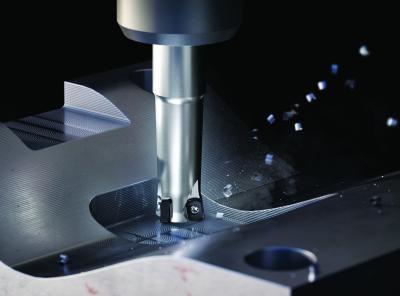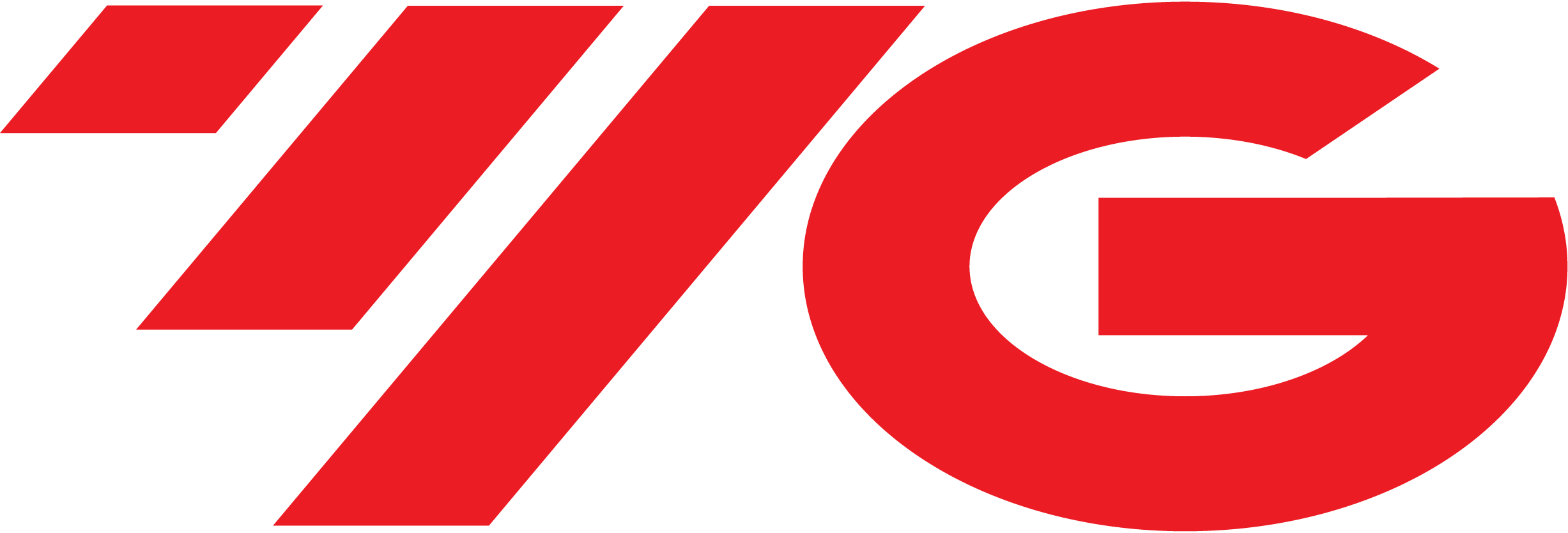
YG-1 takes versatility, performance and productivity to a whole new level with new ENMX09 double-sided inserts for high-feed applications, corporate representatives recently announced.
The larger ENMX09 inserts provide higher productivity and metal removal rates than the ENMX06 series, while having many of the same features, and strengthen the YG HF4 Mill ENMX high-feed milling series, which was developed to meet the most stringent demands for versatility, productivity and process stability in today’s applications.
ENMX09 double-sided inserts are designed to take on tough applications with absolute authority. Optimized for larger diameter cutters and larger depth of cuts, YG-1’s 09 inserts are designed 20-25% thicker than other, more conventional products on the market. Added thickness and a wide flank face work to achieve stronger and more stable clamping, more secure machining and longer tool life, especially in difficult-to-machine materials.
Three insert geometries are offered over a wide range of tough materials: ENMX General performs best in carbon steel and low-alloy steel; ENMX-TR features a reinforced edge for superior work in high-alloy steel, hardened steel and cast iron, whereas the -ST geometry excels in stainless steel and heat-resistant super alloys.
Four reinforced-edge corners make expert work of high-feed milling, profiling, face milling, ramping, plunging and helical interpolation. ENMX09 inserts feature a low entry angle for higher feed rates, with a positive rake angle that reduces cutting forces. Larger cutting diameters provide higher metal removal rates. Four true edges also deliver a real economic advantage; typical encroachment on the secondary edge is eliminated. YG-1 ENMX09 cutters are available as endmills from 1-1.5 in. and face mills from 2 to 6 in.
Contact Details
Related Glossary Terms
- alloys
alloys
Substances having metallic properties and being composed of two or more chemical elements of which at least one is a metal.
- feed
feed
Rate of change of position of the tool as a whole, relative to the workpiece while cutting.
- gang cutting ( milling)
gang cutting ( milling)
Machining with several cutters mounted on a single arbor, generally for simultaneous cutting.
- interpolation
interpolation
Process of generating a sufficient number of positioning commands for the servomotors driving the machine tool so the path of the tool closely approximates the ideal path. See CNC, computer numerical control; NC, numerical control.
- milling
milling
Machining operation in which metal or other material is removed by applying power to a rotating cutter. In vertical milling, the cutting tool is mounted vertically on the spindle. In horizontal milling, the cutting tool is mounted horizontally, either directly on the spindle or on an arbor. Horizontal milling is further broken down into conventional milling, where the cutter rotates opposite the direction of feed, or “up” into the workpiece; and climb milling, where the cutter rotates in the direction of feed, or “down” into the workpiece. Milling operations include plane or surface milling, endmilling, facemilling, angle milling, form milling and profiling.
- milling machine ( mill)
milling machine ( mill)
Runs endmills and arbor-mounted milling cutters. Features include a head with a spindle that drives the cutters; a column, knee and table that provide motion in the three Cartesian axes; and a base that supports the components and houses the cutting-fluid pump and reservoir. The work is mounted on the table and fed into the rotating cutter or endmill to accomplish the milling steps; vertical milling machines also feed endmills into the work by means of a spindle-mounted quill. Models range from small manual machines to big bed-type and duplex mills. All take one of three basic forms: vertical, horizontal or convertible horizontal/vertical. Vertical machines may be knee-type (the table is mounted on a knee that can be elevated) or bed-type (the table is securely supported and only moves horizontally). In general, horizontal machines are bigger and more powerful, while vertical machines are lighter but more versatile and easier to set up and operate.
- profiling
profiling
Machining vertical edges of workpieces having irregular contours; normally performed with an endmill in a vertical spindle on a milling machine or with a profiler, following a pattern. See mill, milling machine.
- rake
rake
Angle of inclination between the face of the cutting tool and the workpiece. If the face of the tool lies in a plane through the axis of the workpiece, the tool is said to have a neutral, or zero, rake. If the inclination of the tool face makes the cutting edge more acute than when the rake angle is zero, the rake is positive. If the inclination of the tool face makes the cutting edge less acute or more blunt than when the rake angle is zero, the rake is negative.

